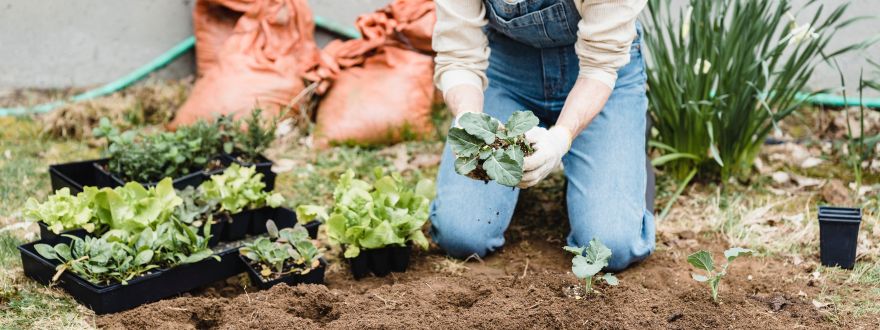
Plants that are green and lush give better protection. If regularly watered and maintained to eliminate the accumulation of dry plant litter, these plants will be far less likely to carry fire to your home.
Ongoing:
-
Clear ground fuel (leaves and plant litter) from underneath plants.
-
Remove any dead or diseased branches and/or plants and remove all weeds.
-
Keep tree branches at least 10 feet away from your chimney or stove pipe.
-
Remove vines from trees and shrubs. Clean all debris from your roof and gutters.
-
Prevent combustible materials and debris, including dry grass, from accumulating beneath patio decks or elevated porches.
Annually, before fire season:
-
Mow grasses and weeds early in the season to about 4” high.
-
Use equipment properly to keep from sparking a wildfire.
-
Mow before 10 a.m., and never on a hot or windy day.
-
String trimmers are a safer option (vs. lawnmowers) for clearing vegetation.
-
Thin overgrown vegetation and cut back woody perennials.
-
Cover woodpiles and clear surrounding vegetation.
-
Stack woodpiles at least 30 feet from any structures and clear flammable vegetation within 10 feet of woodpiles.
-
Remove combustible debris on and or under decks, overhangs, and fences.
-
Keep gutters and roofs free of debris and leaves.
Every few years (or as needed):
-
Thin and reduce tree canopies and maintain separation between trees
-
Prune low hanging branches to 6 feet above ground depending on the height of the tree and the height of nearby vegetation. Eliminate “ladders” for the fire to climb.
-
Avoid topping trees; this causes excessive branching that can increase fire hazard, and is unhealthy for the tree.
-
If you have a valuable tree, consult a professional forester or certified arborist to help determine the degree of injury and/or safety after a fire. If possible, it’s also desirable to let at least one, and preferably three, growing seasons pass before making a final decision to cut down large, valuable trees whose safety or survival at first seems uncertain.
Propane Tanks and Street Numbers:
-
Locate propane tanks at least 30 feet from any structure, and surround them with at least 10 feet of clearance from plants and debris. Be sure that your tank has seismic tie downs.
-
Make sure there is no flammable debris underneath propane tanks.
-
Make sure that your street is named or numbered and a sign is visibly posted at each street intersection.
-
Post visible street numbers for your house using at least 4-inch, reflective numbers on a solid background.
Water-Availability and Drip Systems:
-
Clearly mark all emergency (and other) water sources; create easy firefighter access to your closest emergency water source. Store an extra hose or two with emergency supplies. Keep hoses accessible for firefighters.
-
Assess the efficiency of existing irrigation systems; insure proper watering with a drip irrigation system through the use of timers.
-
If your water comes from a well, consider purchasing an emergency generator to operate the pump during a power failure.
Thank you to University of California Agriculture and Natural Resources // UC Master Gardener Program of Sonoma County for these amazing tips!





